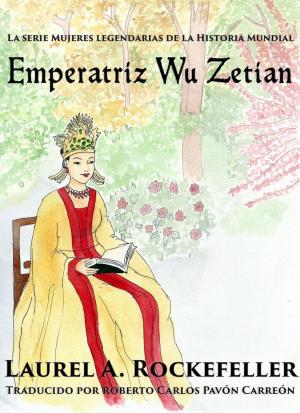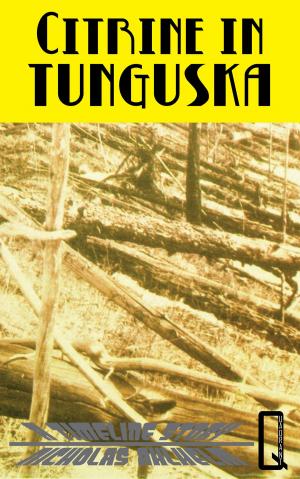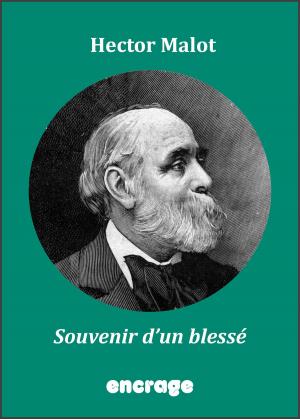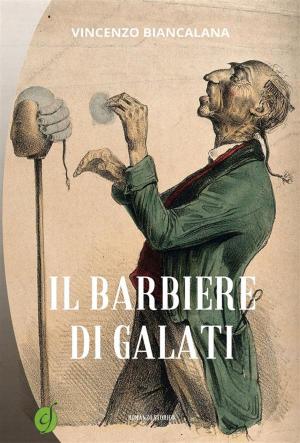Templar Heresy
A Story of Gnostic Illumination
Nonfiction, Religion & Spirituality, Other Practices, Philosophy, Mind & Body, Fiction & Literature, Historical| Author: | James Wasserman | ISBN: | 9781620556597 |
| Publisher: | Inner Traditions/Bear & Company | Publication: | August 8, 2017 |
| Imprint: | Destiny Books | Language: | English |
| Author: | James Wasserman |
| ISBN: | 9781620556597 |
| Publisher: | Inner Traditions/Bear & Company |
| Publication: | August 8, 2017 |
| Imprint: | Destiny Books |
| Language: | English |
A tale of initiation, adventure, and romance set within the medieval Crusades
• Shares in novel form the mystical rituals and techniques of the Nizari Ismailis (the legendary Assassins) communicated to selected Knights Templar during the Crusades
• Shows how the Gnostic traditions of the Cathars and Nizaris were blended to become the core of the “heretical” doctrines for which the Templars were later condemned
• Sheds light on the contemporary conflict between Islam and the West and offers a natural path of reconciliation between these disparate cultures
Set within the dramatic tableau of the medieval Crusades, this story of initiation, adventure, and romance follows members of the Knights Templar and Assassins as they discover a mystical tradition with the potential to unify, protect, and liberate humankind--the very heresy for which the Knights Templar were later condemned.
The tale begins with a young Persian student, Sinan, as he witnesses his teacher deliver the heretical Qiyama proclamation, seeking to abolish Islamic religious law in favor of a more mystical approach to spirituality. After completing his initiation into the revolutionary doctrines and practices of the Assassins--also known as the Nizari Ismailis or Hashishim--Sinan is appointed head of the Nizaris in Syria.
Years later, after Sinan has become a wise and respected leader, he encounters Roland de Provence, a young member of the Knights Templar. Impressed by his courage and intelligence, Sinan selects him for initiation into the Nizari tradition. As readers follow Sinan and Roland through the process, they experience firsthand the transmission of these secret teachings and the paranormal, even magical powers of the Assassin adepts. Roland braves hashish journeys, mystical rituals, and divine epiphanies, as well as sexual awakening at the hands of Sinan’s beautiful consort Aisha.
When Roland completes his education with Sinan, he vows to share the Nizari teachings with his fellow Templars. However, he is met with strong opposition from his Templar commander, and factions within the Order quickly arise. As we follow Roland to southern France, we witness how he blends the Cathar and Nizari traditions to form the core of the “heresy” for which the Templars were later arrested and condemned. Now an outlaw, hunted by his Templar brethren, Roland is forced to choose between the beliefs with which he was raised and the realizations of his own personal truths.
Bringing to life the historical truths of his expertly researched bestseller The Templars and the Assassins, James Wasserman artfully traces the evolution of the Western Esoteric Tradition during the fertile cultural interactions of the Crusades. His story also sheds light on the modern conflict between Islam and the West--which began a thousand years ago--and offers a natural path of reconciliation between our disparate cultures.
A tale of initiation, adventure, and romance set within the medieval Crusades
• Shares in novel form the mystical rituals and techniques of the Nizari Ismailis (the legendary Assassins) communicated to selected Knights Templar during the Crusades
• Shows how the Gnostic traditions of the Cathars and Nizaris were blended to become the core of the “heretical” doctrines for which the Templars were later condemned
• Sheds light on the contemporary conflict between Islam and the West and offers a natural path of reconciliation between these disparate cultures
Set within the dramatic tableau of the medieval Crusades, this story of initiation, adventure, and romance follows members of the Knights Templar and Assassins as they discover a mystical tradition with the potential to unify, protect, and liberate humankind--the very heresy for which the Knights Templar were later condemned.
The tale begins with a young Persian student, Sinan, as he witnesses his teacher deliver the heretical Qiyama proclamation, seeking to abolish Islamic religious law in favor of a more mystical approach to spirituality. After completing his initiation into the revolutionary doctrines and practices of the Assassins--also known as the Nizari Ismailis or Hashishim--Sinan is appointed head of the Nizaris in Syria.
Years later, after Sinan has become a wise and respected leader, he encounters Roland de Provence, a young member of the Knights Templar. Impressed by his courage and intelligence, Sinan selects him for initiation into the Nizari tradition. As readers follow Sinan and Roland through the process, they experience firsthand the transmission of these secret teachings and the paranormal, even magical powers of the Assassin adepts. Roland braves hashish journeys, mystical rituals, and divine epiphanies, as well as sexual awakening at the hands of Sinan’s beautiful consort Aisha.
When Roland completes his education with Sinan, he vows to share the Nizari teachings with his fellow Templars. However, he is met with strong opposition from his Templar commander, and factions within the Order quickly arise. As we follow Roland to southern France, we witness how he blends the Cathar and Nizari traditions to form the core of the “heresy” for which the Templars were later arrested and condemned. Now an outlaw, hunted by his Templar brethren, Roland is forced to choose between the beliefs with which he was raised and the realizations of his own personal truths.
Bringing to life the historical truths of his expertly researched bestseller The Templars and the Assassins, James Wasserman artfully traces the evolution of the Western Esoteric Tradition during the fertile cultural interactions of the Crusades. His story also sheds light on the modern conflict between Islam and the West--which began a thousand years ago--and offers a natural path of reconciliation between our disparate cultures.















